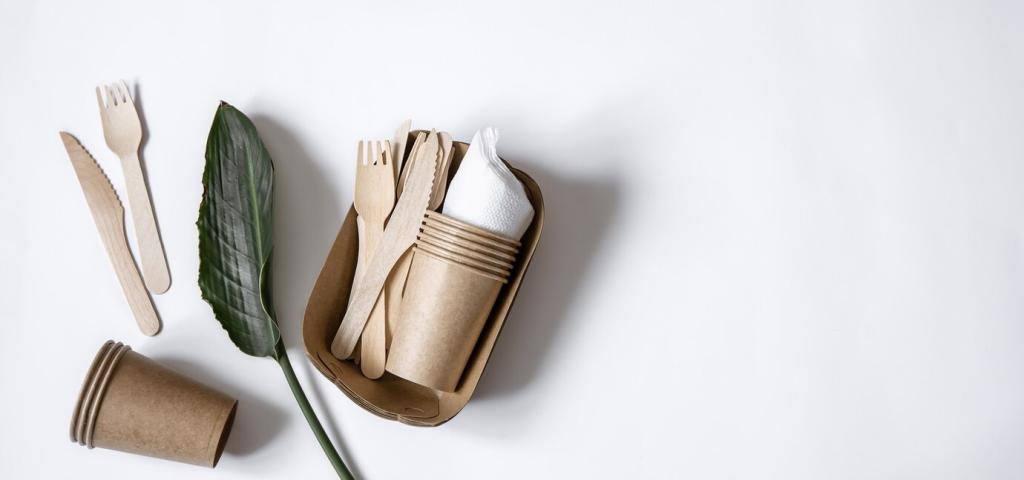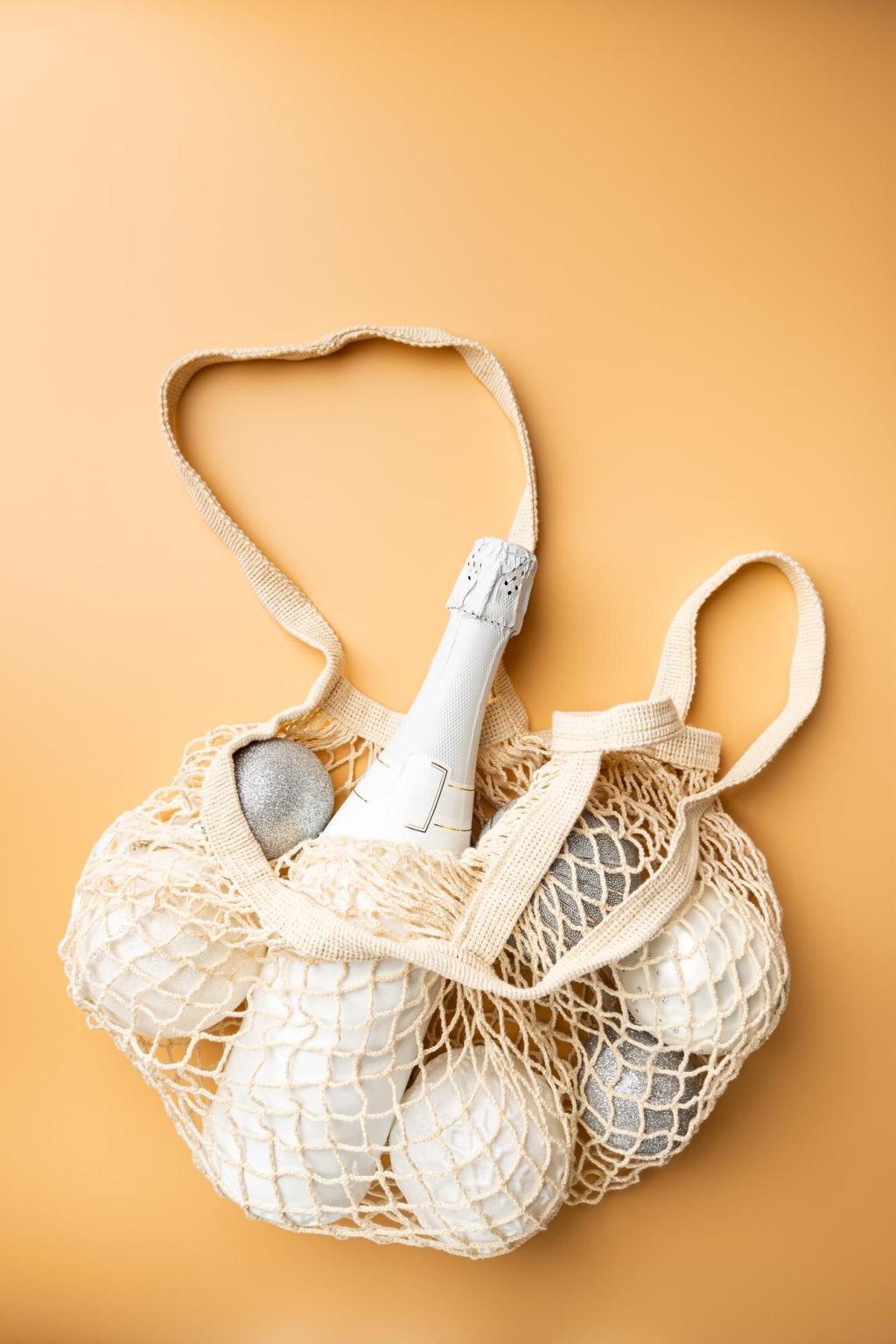
Plant-Based Dishware: Beautiful, Practical, and Planet-Minded
Chosen theme: Plant-Based Dishware. Welcome to a fresh look at plates, cups, and utensils crafted from plants—designed for real meals and real lives. If you love thoughtful design and gentler footprints, subscribe and join our community of curious, eco-minded eaters.
What Plant-Based Dishware Really Means
Bagasse from sugarcane, bamboo fibers, wheat straw, rice husks, palm leaves, and corn-derived PLA are the most common plant-based options. Look for certifications like BPI or OK compost to verify claims, and ask sellers how their products behave with heat, oils, and acidic foods.
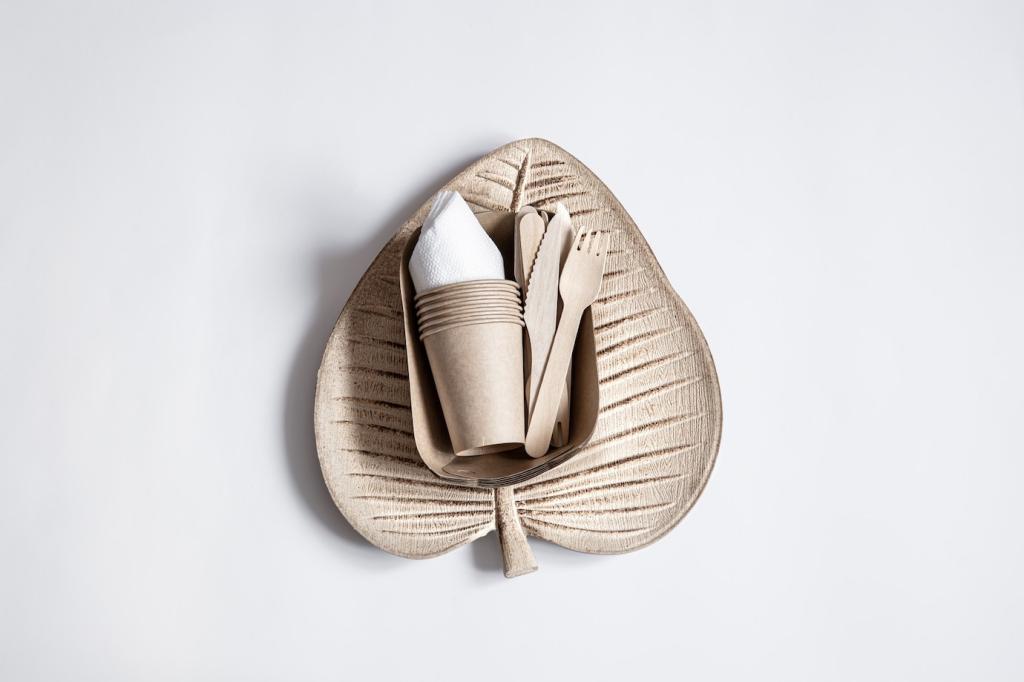
Design, Durability, and Daily Comfort
Heat, Moisture, and Texture
Bagasse often tolerates hot curries and oily dishes, while palm-leaf plates offer a beautiful grain that resists sogginess. PLA is crisp and clear for cold drinks. Choose textures that match your menu, and test with your sauciest recipes before hosting guests.
The Bamboo–Melamine Debate
Many stylish “bamboo-fiber” plates use melamine resin as a binder, improving durability but preventing compostability. If you want a truly compostable option, pick palm leaf, bagasse, or certified fiberware. If you choose bamboo-melamine, treat it as long-term reusable, not compostable.
Stress-Testing at Home
We tried a chili night with bagasse bowls, then rinsed them to see limits. They held sturdy during dinner, though extended soaking softened edges. Share your tests—soups, salads, or birthday cake—so our community can crowdsource the best plant-based picks by dish type.
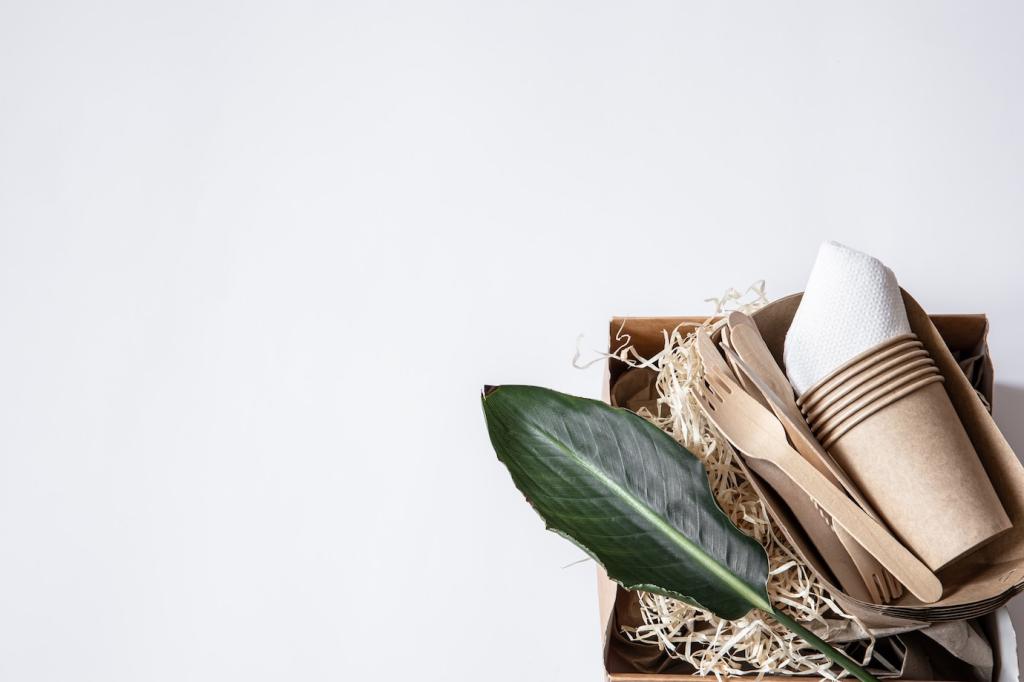
Home vs Industrial Composting
Palm leaf and many fiber plates often break down in home compost if cut into pieces, while PLA generally needs industrial conditions. Always check for labels like “home compostable” and confirm your facility accepts the material. Local guidance beats assumptions every time.
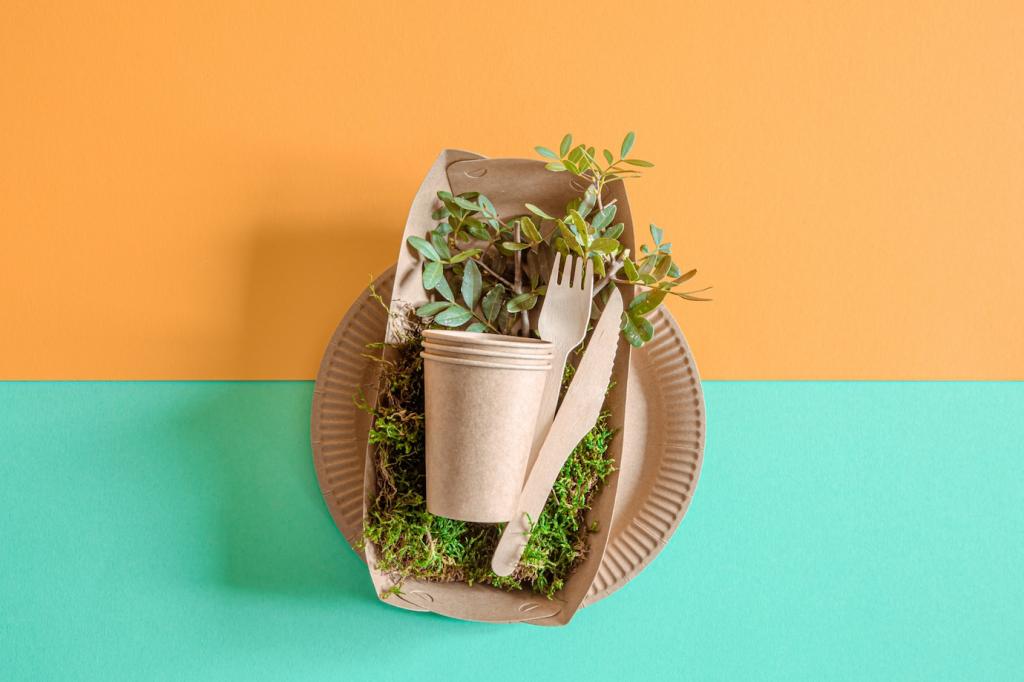
Recycling Realities
Compostable bioplastics rarely belong in standard recycling streams and can contaminate loads. Fiberware with food residue also struggles in recycling. When uncertain, prioritize compost pathways, and keep plastics recycling clean, dry, and limited to items accepted by your municipality.
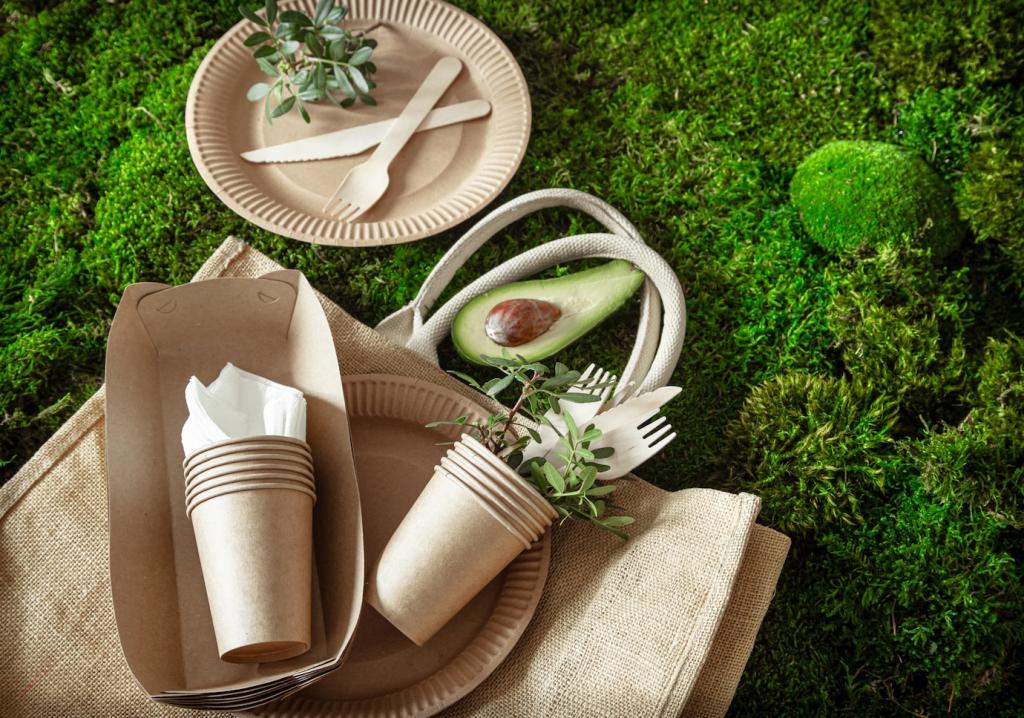
Closing the Loop Together
At a community pop-up, volunteers set clear stations: compost, recycling, landfill. With simple illustrations, contamination dropped dramatically. Want a printable sorting guide for plant-based dishware? Tell us in the comments, and we’ll send a free, customizable template to subscribers.
Sturdier palm leaf can sometimes be gently rinsed and reused for dry snacks, though fibers eventually wear. Avoid soaking fiberware or scrubbing aggressively. When in doubt, reuse for crafts or seed-starting trays before composting to extend each item’s useful life.
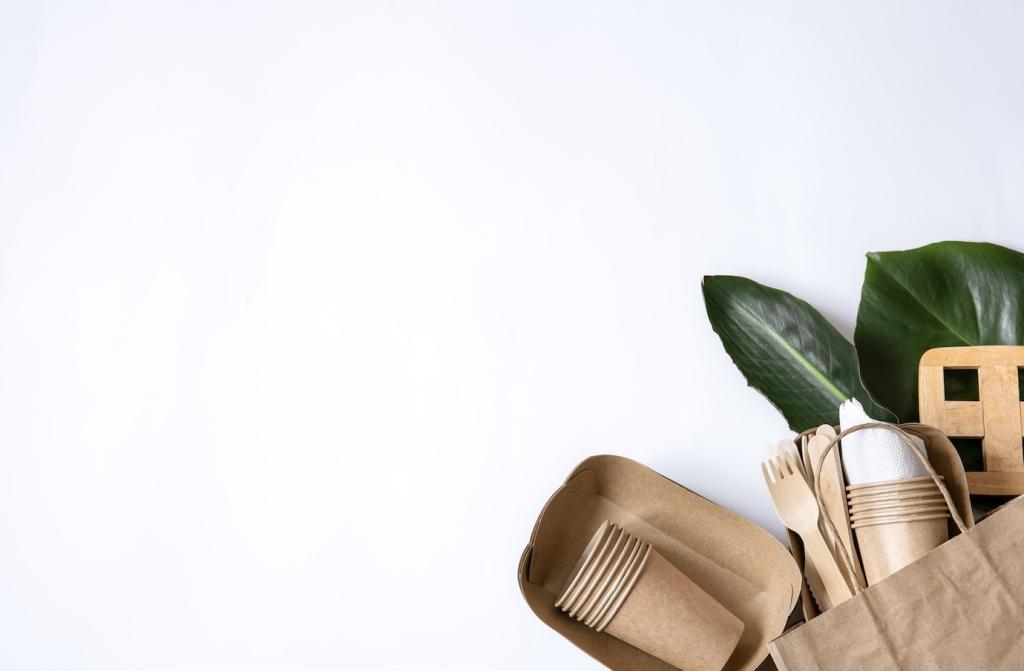
Innovation and What’s Next
Next-gen materials like PHA and seaweed-derived polymers aim for better biodegradation under controlled conditions. Availability and infrastructure still lag, but pilots are expanding. If your city is trialing these, tell us—real-world feedback helps separate promise from practice.
Mycelium binders shape trays and packaging from farm residues, reducing reliance on virgin inputs. While most products target packaging today, serving pieces are emerging. We’re testing stability with moisture and oils next month—subscribe to read our lab notes and cooking trials.
The future means matching materials to actual recovery systems. Durable bio-based reusables must be repairable, while compostables should break down where people live. Share which recovery options you have locally, and we’ll map the most circular choices by region.
